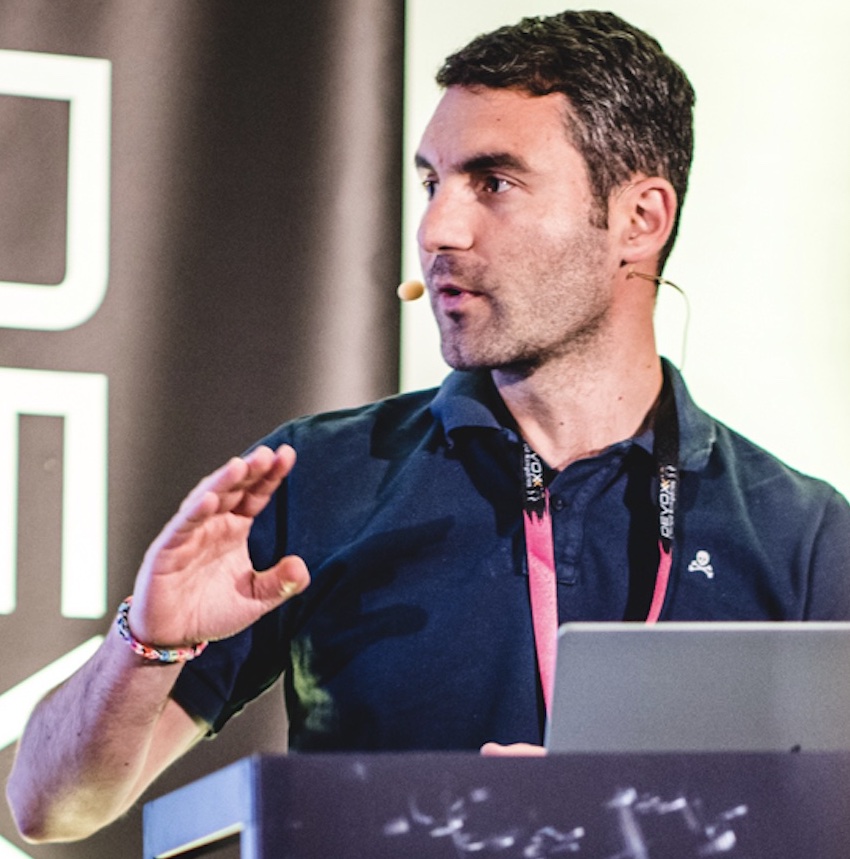The Covid-19 pandemic meant a rapid shift towards home offices for many employees, especially in the technology sector. "While experts have long predicted that the pandemic will end with a whimper, not a bang", the talent and companies are trying to conclude the new normal will be in regards to the workplace. Some leaders insist that they will return to the office as soon as it is allowed, others want to be fully remote from now on, but most likely a hybrid approach will be the new normal for most of us.
As people understand their growing importance in a tightening job market, they tend to play hardball with the giants, negotiating for what they see as an improved way of living and working. So, companies are doing their best to accommodate what seems to be the new normal. Over the last two years, multiple studies were conducted by both private and public organisations.
A survey by the National Bureau of Economic Research involving more than thirty thousand Americans over multiple waves yielded three consequences of this massive shift towards remote work. First, employees will enjoy massive benefits from the extended telecommuting, especially those with higher earnings. Second, the Work From Home (WFH) policies will reduce spending in the major city centers by 5-10 percent. Third, the data on employer plans and the relative productivity implies a 5 percent productivity boost. Only one-fifth of this productivity gain will show up in the conventional productivity measures, as they do not capture the time savings from less commuting.
Similar conclusions come from an across-the-company study conducted by Microsoft to better understand the long term effects of remote work. Even though productivity hikes were observed, the study identified that it was harder for employees to acquire and share information across cooperation networks. This was caused mainly by collaboration webs becoming more static and siloed, and the preference for asynchronous communication.
Microsoft's more than sixty thousand employees from all over the US were part of the study. As some individuals were already working remotely before the pandemic, it enabled them to separate the effects of company-wide remote work from other pandemic-related confounding factors. Rich data on the emails, calendars, instant messages, video/audio calls and workweek hours over the first half of 2020 were used to estimate the causal effects on collaboration and communication, as pointed by Microsoft's researchers:
Based on previous research, we believe that the shift to less "rich" communication media may have made it more difficult for workers to convey and process complex information.
The outcome of the research was reinforced also by a series of internal surveys, which indicate that Microsoft employees report that inclusion and support from the company is at an all time high, but even if they feel as productive as before, they are striving to find work-life balance, time to focus and time to collaborate. All of this, depending on each individual’s circumstances, can be balanced either by working from home or by going to the office. The seeming divergent needs for both flexibility and connection with others is what Microsoft’s CEO Satya Nadella calls the "Great Paradox." Similar concerns are shared by other executives as well, GoFundMe’s Tim Cadogan declared in a Time Magazine article: "What I'm candidly more worried about is, people call it "going back to work," which is not what it is. It's not really going back. I think we are going forward to something that is different from anything we’ve seen to date, which is a hybrid work environment."
Even though research and surveys suggest that productivity, support and inclusion increased during this time in the long run, the results could be exactly the opposite, as Microsoft's researchers conclude:
We expect that the effects we observe on workers’ collaboration and communication patterns will impact productivity and, in the long-term, innovation.
Meanwhile Tim Cadogan thinks that even if he "doesn’t know the three or four rules" that will allow everybody to be an equal rights participant in hybrid conversations, he knows that work will not return to what it previously was: only from office work. In retrospect, Cadogan considers that remote work was simple in comparison to what hybrid will be:
Everyone’s got a screen, everyone’s on the same playing field.
Both formal and empirical studies show that work can continue in extraordinary circumstances as usual, or sometimes even better; and as during the pandemic the remote worker numbers in the US hiked from 5% to 37%, together with the growing importance of the need to address the "Great Paradox". Satya Nadela says that solving the hybrid work paradox is the challenge of the decade for companies. That might be true, as many technology companies such as Twitter, Facebook, Square, Box, Slack and Quora have already announced longer term or even permanent remote work policies. And some scholars predict that in the future there will be an equilibrium between remote and in-office work, with employees spending around 20% of their time working from home, giving room for what is more and more often called hybrid-work. Aligned with academic studies are also plain thumbs-up, thumbs-down polls conducted on social media that yield similar results: people want flexibility. So, besides the insecurity and sorough that the Covid-19 pandemic brought on us, it accelerated what seemed to be a predictable trend: less time commuting.
